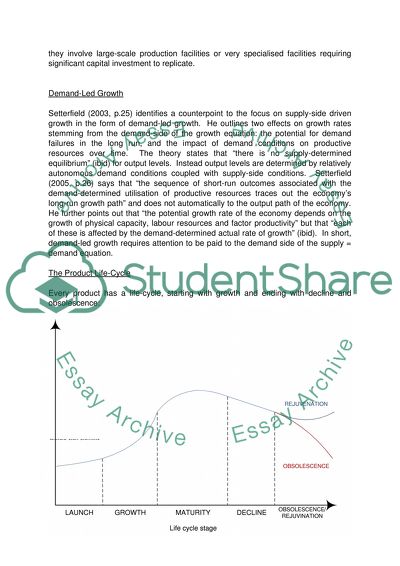Cite this document
(“International and Pacific Asian Business Essay Example | Topics and Well Written Essays - 3000 words”, n.d.)
Retrieved from https://studentshare.org/environmental-studies/1404704-international-and-pacific-asian-business
Retrieved from https://studentshare.org/environmental-studies/1404704-international-and-pacific-asian-business
(International and Pacific Asian Business Essay Example | Topics and Well Written Essays - 3000 Words)
https://studentshare.org/environmental-studies/1404704-international-and-pacific-asian-business.
https://studentshare.org/environmental-studies/1404704-international-and-pacific-asian-business.
“International and Pacific Asian Business Essay Example | Topics and Well Written Essays - 3000 Words”, n.d. https://studentshare.org/environmental-studies/1404704-international-and-pacific-asian-business.


